|
|
|
|
BRITE - Current and Past Internships
2017 Interns
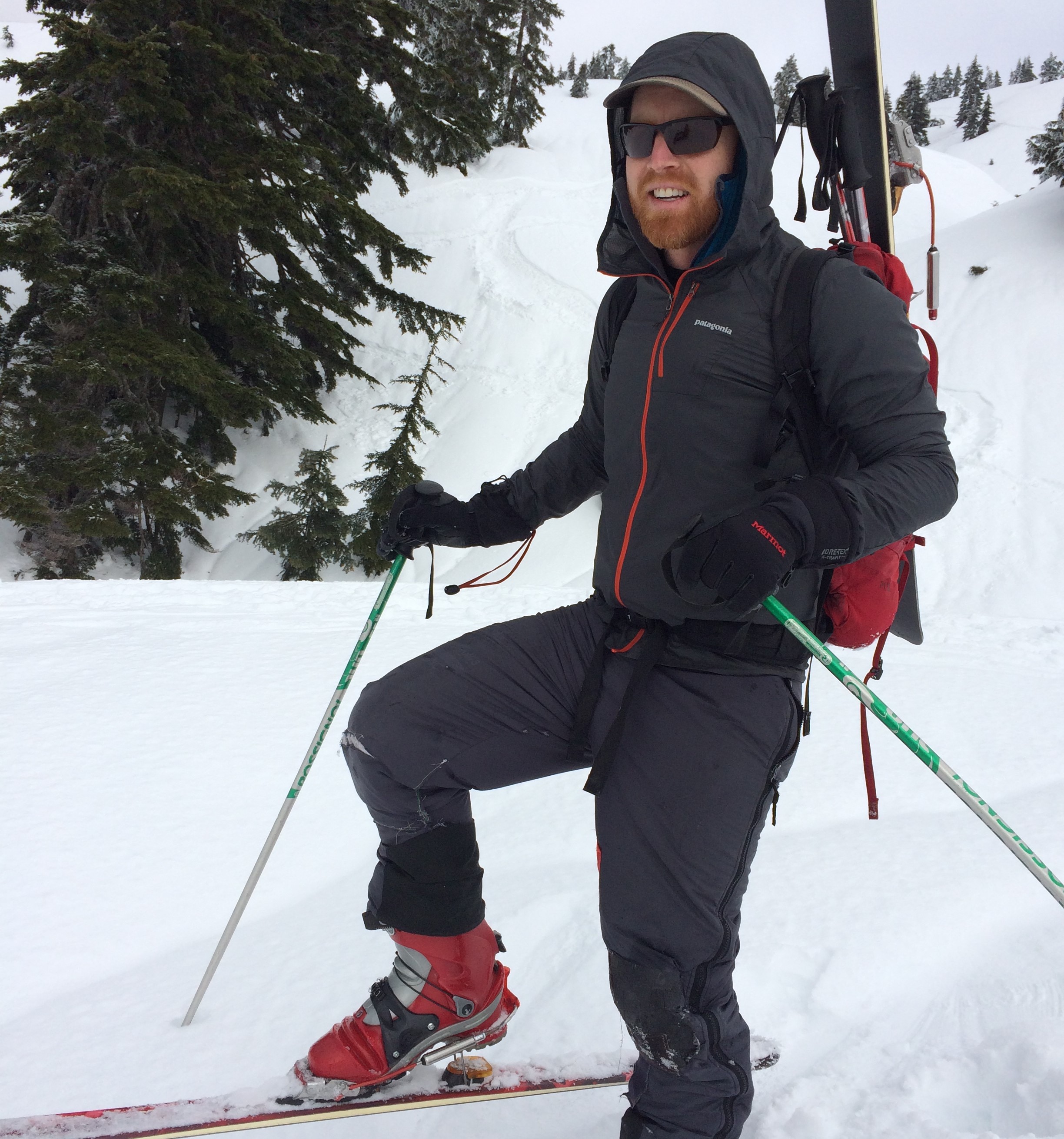 |
Patrick Burke
Amazon Conservation Association (ACA)
Title: Bioacoustic Monitoring in a Biodiversity Hotspot
Description:The eastern slope of the Peruvian Andes is an exceptionally biodiverse tropical landscape with 222 known mammal species, over 1,000 bird species, and tens of thousands of plant species.
However, conservation action in this region can be handicapped by the overwhelming complexity and diversity in the system. Limited baseline information about species presence and abundance can restrain robust science- based decision making.
Fortunately, local conservation organizations are building capacity to use new technologies to monitor and evaluate their natural heritage. For this internship, I will work with ACCA to develop a long-term monitoring program for continuous
acoustic detection of bats and a pilot protocol to test technologies for detection of illegal logging and mining activities in the Amazon.
|
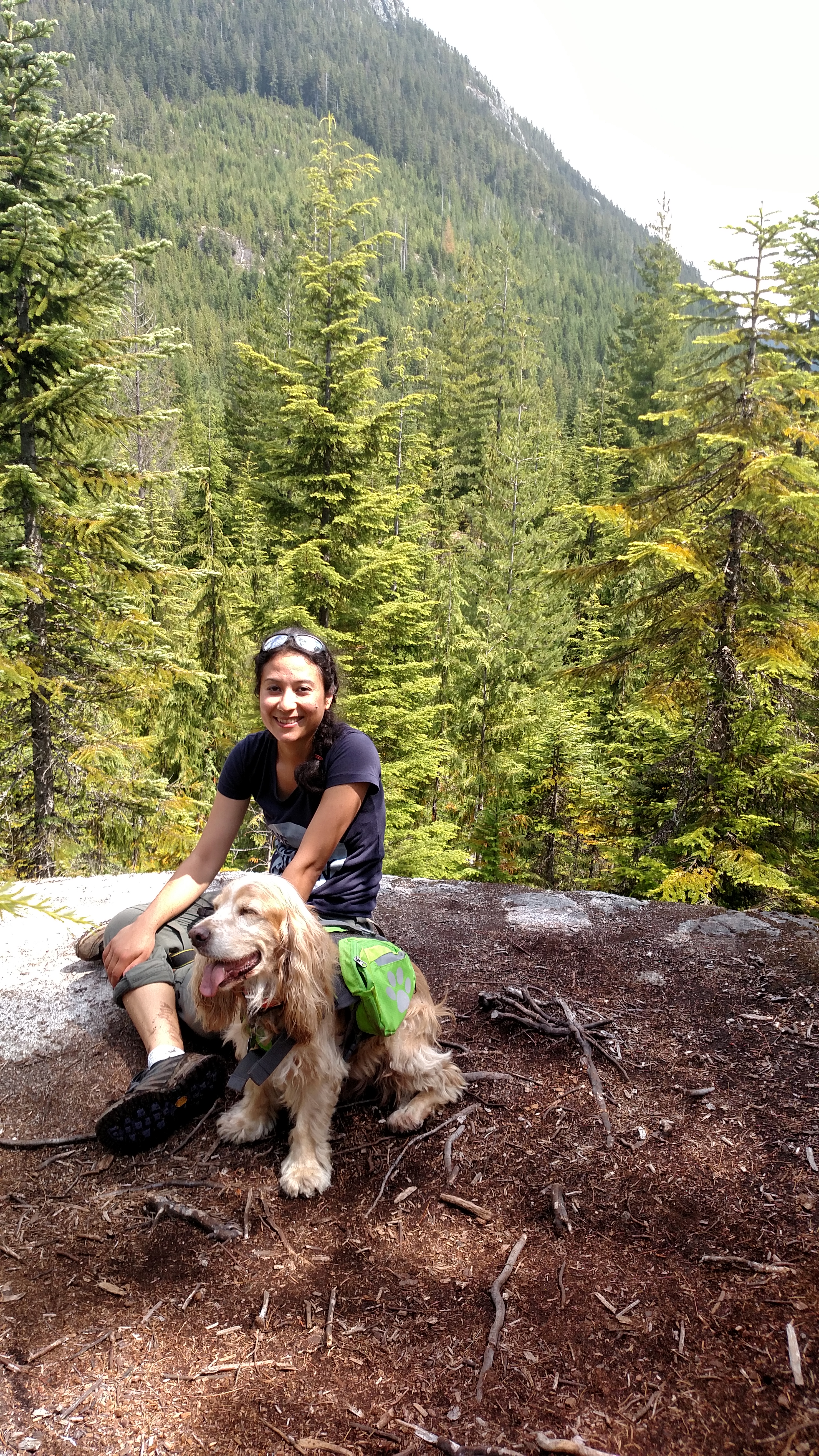 |
Alys Granados
Sierra Club BC
Title: Improving Public Awareness of Conservation Issues to Protect Old Growth Forests on Vancouver Island
Description:Coastal temperate rain forests are found only on Vancouver Island but these rare ecosystems
are under threat from destructive logging practices. This negatively affects wildlife habitat,
watersheds, and local economies. Old-growth forests play a critical role in mitigating the effects of climate change but their continued degradation threatens their carbon storage potential. In my internship,
I will work closely with campaigners to develop and deliver reports and other forms of public communication to raise awareness and promote solutions to reduce human impact on these forests. I will also help Sierra Club BC with research,
communication and building alliances supporting protection and restoration of BC's coastal temperate rain forest. Finally, I will utilize my background in science to assist with the review and integration of science-based information and
review data on species habitat, ecological integrity and environmental services.
|
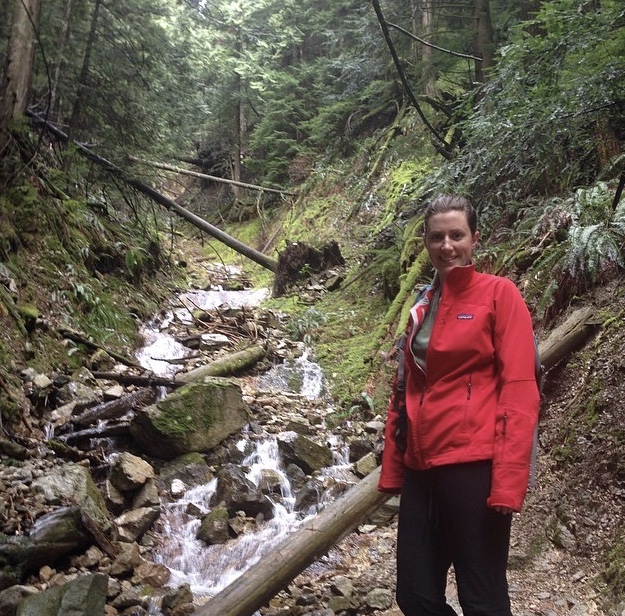 |
Paige Olmsted
Canadian Parks and Wilderness Society -- BC Chapter
Title: Conservation Impact Investing to Support Protected Areas in BC
Description:CPAWS and provincial chapter CPAWS-BC play a critical role in the protection of Canada's public lands and water. Despite ambitious goals for protection, biodiversity conservation is
chronically underfunded in Canada and around the world, and organizations are seeking new and innovative ways to engage funders. Social impact investing, which has leveraged capital in a variety of other
social sectors (including health, education, and poverty alleviation), is attracting interest in the conservation sector, but there is a need to better understand the needs and constraints of the conservation
organizations that could benefit from this funding stream. I will be working with CPAWS-BC to examine their current strategies and metrics for measuring impact, in an effort to assess the potential to engage
in conservation impact investing projects. Our end goal is to both contribute to organizational level thinking about ecological impact assessment, and also advance the conversation in the conservation community
regarding the potential for new pathways of financial support.
|
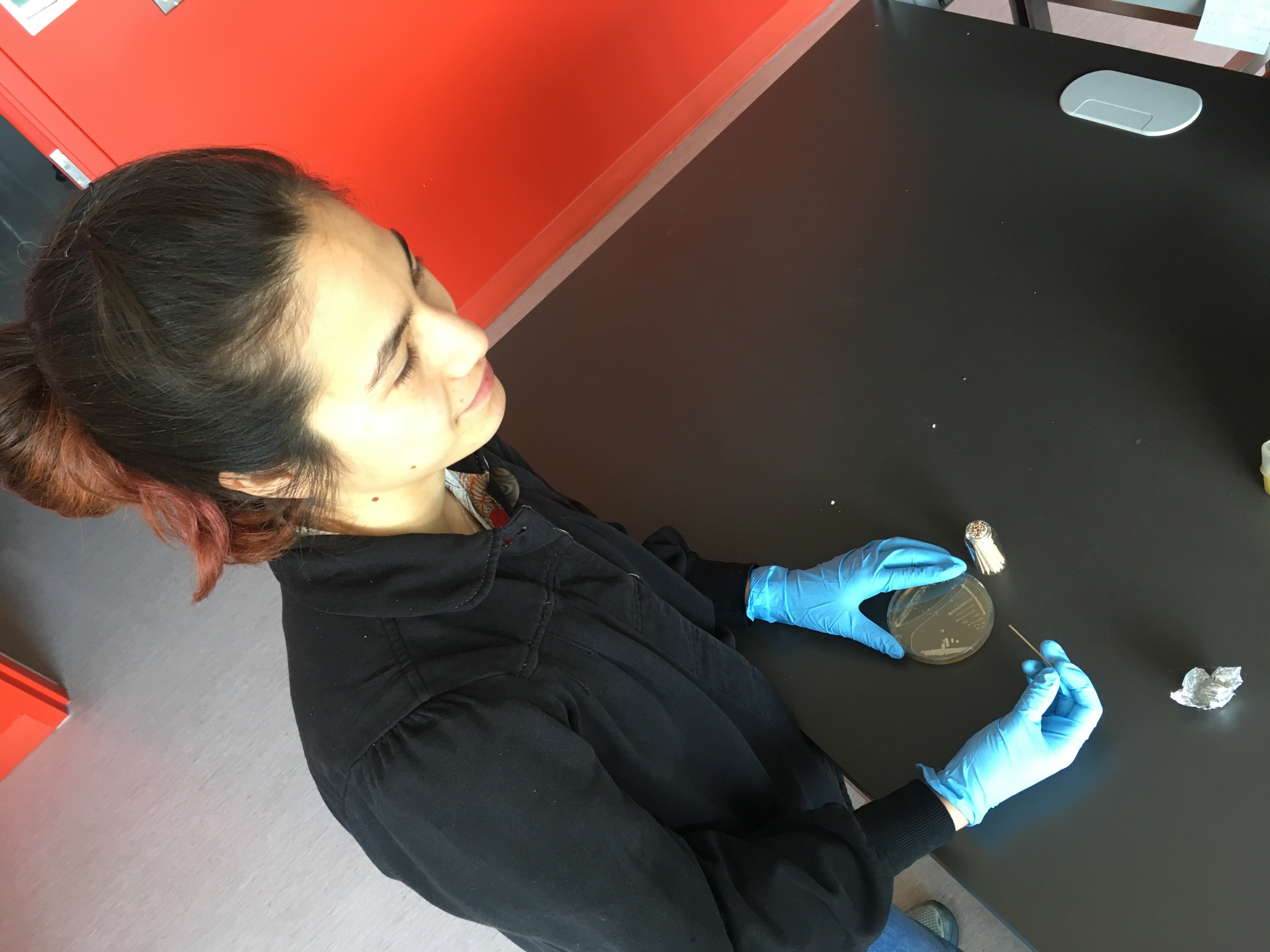 |
Jasmine Ono
Renaissance BioScience Corp
Title: Investigating the Stability of Hybrid Beer Yeast Over Multiple Re-pitches
Description:Yeast is an important ingredient in some of the most widely consumed food and beverages worldwide, including most baked goods, beer, and wine. Over thousands of years, humans have developed
their favourite yeast strains and species for use in these products, but there is still space for improvement and innovation. RBSC develops new strains of yeast using the process of mating to incorporate key improvements,
resulting in hybrid individuals. Natural hybrid yeast are also commonly used in beer brewing. This project seeks to understand how these hybrids act over time in situations where the same yeast is used repeatedly,
allowing it to go through many generations of growth. I will re-pitch the same yeast into successive fermentations of beer and track many industrially important phenotypes, as well as their genotypes,
in order to better understand the stability of these strains. This knowledge will ultimately lead to better brewing strains able to deliver a consistent product.
|
 |
Ruth Sharpe
Vancouver Aquarium
Title: Science and Ocean Conservation Outreach
Description:This internship will help The Vancouver Aquarium's Education and Outreach department to reach more youth by exploring and initiating potential collaborations with suitable organizations and
institutions, seeking out and applying for grants to allow greater access to The Aquarium education programs for disadvantaged, low-income youth and FNMI (First Nations, Métis and Indigenous) youth as well as starting to organize
a day-long symposium for disadvantaged grade school kids on the subject of climate change and the oceans.
|
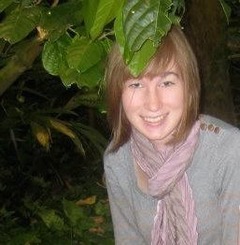 |
Natalie Westwood
UBC Farm
Title: Building an innovative long-term biodiversity monitoring program for the UBC Farm
Description:Understanding how the biodiversity present in agricultural landscapes varies through time and space, what drives this variation, and how this affects a range of ecosystem
services is key to developing sustainable agricultural systems. Biodiversity in agricultural systems can be found in both planned biodiversity (associated with the planted crops and managed livestock) and associated biodiversity
(flora and fauna present in hedgerows, forest buffers, wetlands, etc.). My project will use the UBC Farm as a case study to develop a comprehensive agricultural biodiversity monitoring program. I will begin building a long-term,
biodiversity monitoring program that will incorporate needs of a working farm while still having the potential to offer new scientific insights and be exportable to other farms and agricultural landscapes.
|
2016 Interns
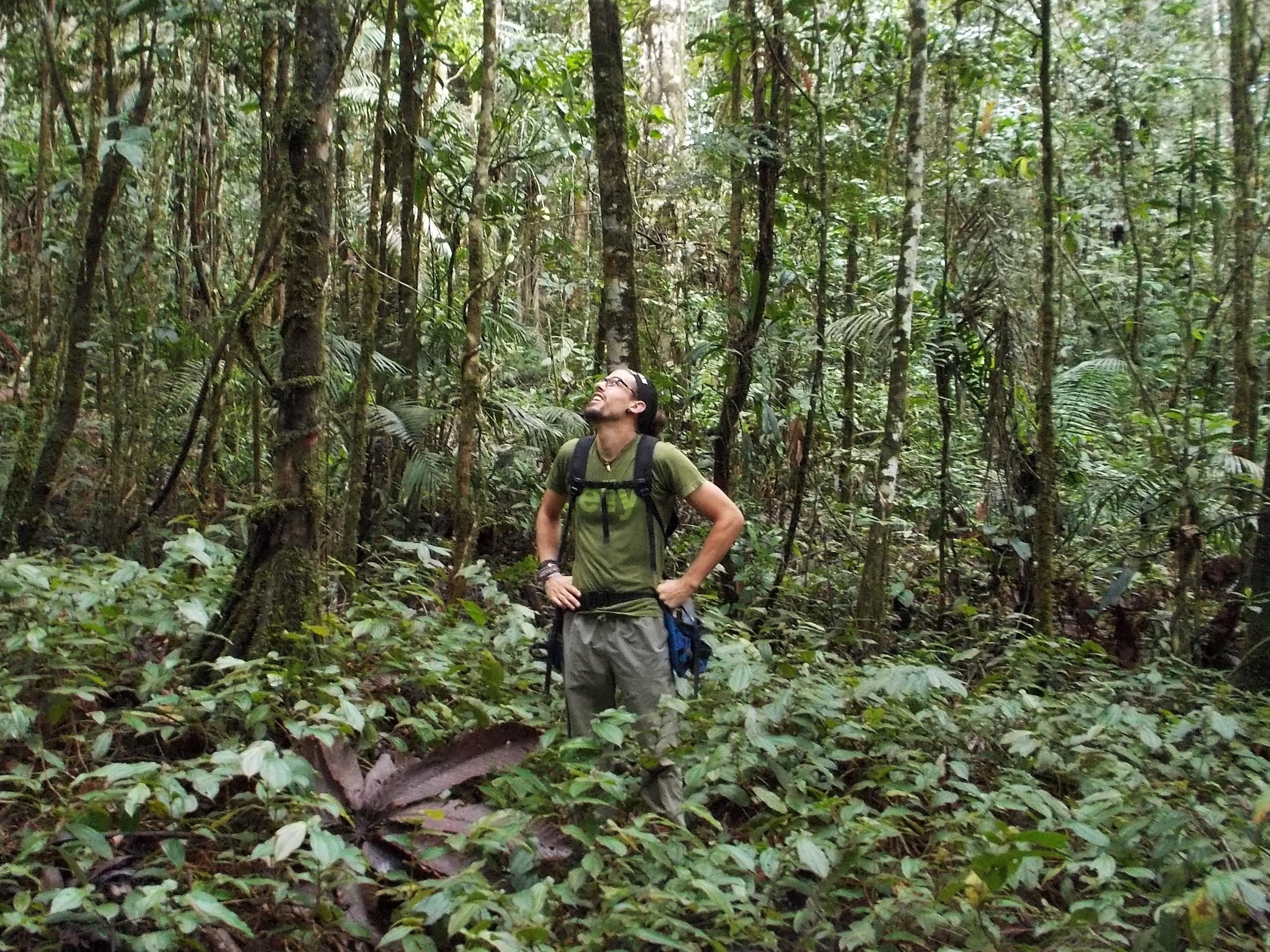 |
Philippe Fernandez
Operation Wallacea - Indonesia
Title: Teaching tropical ecology on research stations in Indonesia
Description:Indonesia's rainforests are among the most biologically diverse in the world and are now facing unprecedented pressures through rapid loss of endemic species. During this internship, I will work for an organization that runs biological and conservation management research programs. I will teach tropical ecology, survey methods and jungle training with a high hands-on emphasis to visiting university and high school students on remote biological stations on Buton Island, Sulawesi, Indonesia. While allowing me to work alongside numerous scientists in a conservation management focus, this project will provide valuable experience towards my career goal and spread awareness and knowledge for conservation and biodiversity in the tropics.
|
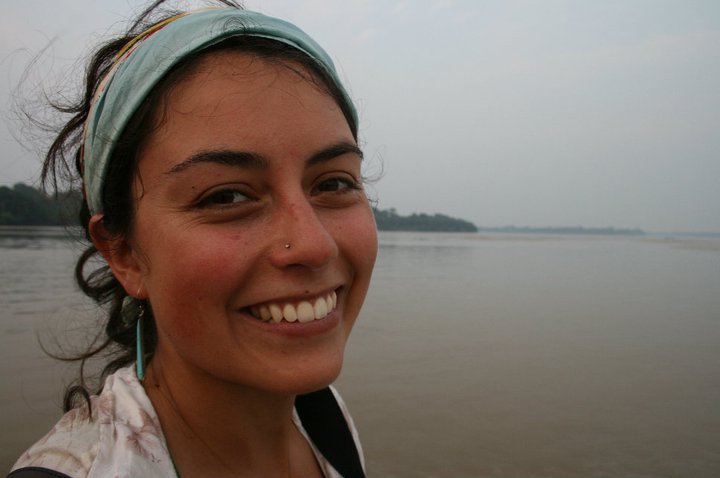 |
Marybel Gomez
Bioversity International, Office of Nepal
Title: Integrating traditional crop genetic diversity into technology: using a biodiversity portfolio approach to buffer against unpredictable environmental change in the Nepal Himalayas
Description:The diversity of local crop varieties in the Himalayan system in Nepal is one of the few natural resources available to mountain farmers for coping with their marginal and heterogeneous environments. The preservation of these traditional crop varieties, which represent significant reservoirs of globally important genetic traits such as cold-tolerance, is key to the sustainable development of local economies and high-mountain agricultural systems that are likely to be strongly affected by climate change. This project focuses on eight neglected and underused mountain crops, for which research and development has been relatively scarce to date. I will work in a multi-disciplinary and participatory setting to assist in field data collection and analysis, identify research priorities, and write public awareness materials to promote biodiverse agricultural production systems that will benefit farmers, the larger community, and provide a buffer against climate change.
|
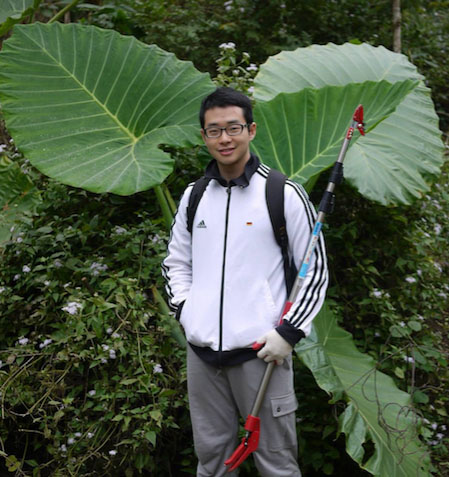 |
Joon Seon (John) Lee
French National Institute for Agricultural Research (INRA) in Toulouse, France
Title: Agricultural diversity consists of numerous populations of native plants and animals around the world.
Description:I will be working with the Sunflower Genetics and Genomics team at the INRA (a French government agricultural institute) in Toulouse, France. They have developed a comprehensive transcriptome dataset of sunflower from their extensive sampling. As much as sunflower is recognized by its beauty, it is one of the most important crop plants for healthy oil and tasty seeds. Understanding its genomic and transcriptomic structure is crucial and essential for explaining the various phenotypes of this species. My project will be developing a pipeline for analyzing their transcriptome data in different genotypes of sunflower.
|
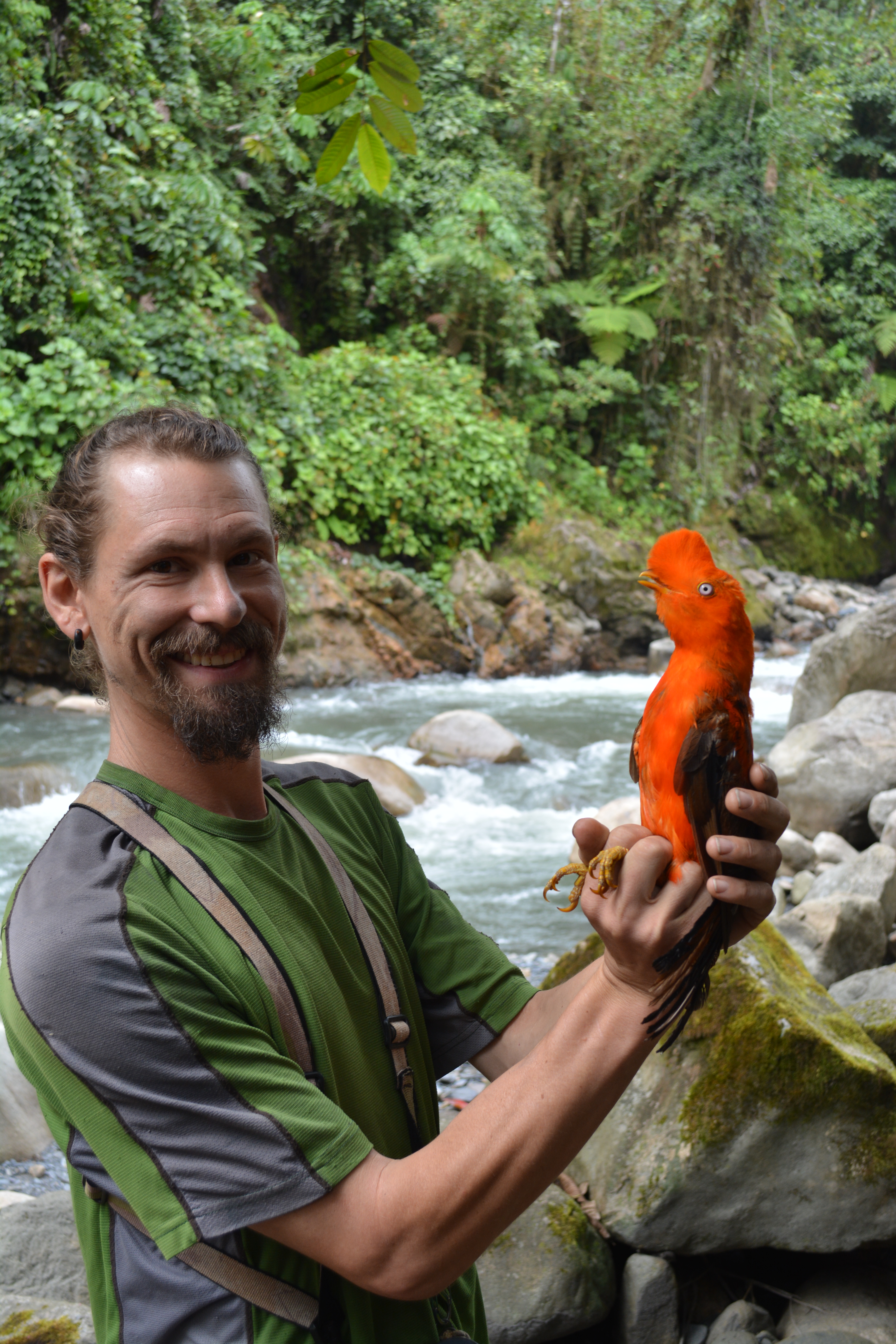 |
Micah Scholer
Wingspan National Bird of Prey Centre
Title: Predicting the distribution of Karearea in plantation forests
Description:The endemic Karearea is New Zealand's only breeding falcon. Like many New Zealand birds, their numbers have declined since European settlement owing primarily to loss of native habitat and predation pressures from introduced mammals. On the North Island, much of the population now exists within the largest pine-plantations in the Southern Hemisphere. Using information on falcon nesting sites and territory locations collected since 1992, I will build spatially-explicit models depicting Karearea habitat use throughout these heavily managed non-native forests. The resulting maps will help guide survey efforts for breeding falcons and identify characteristics of the landscape affecting their distributions.
|
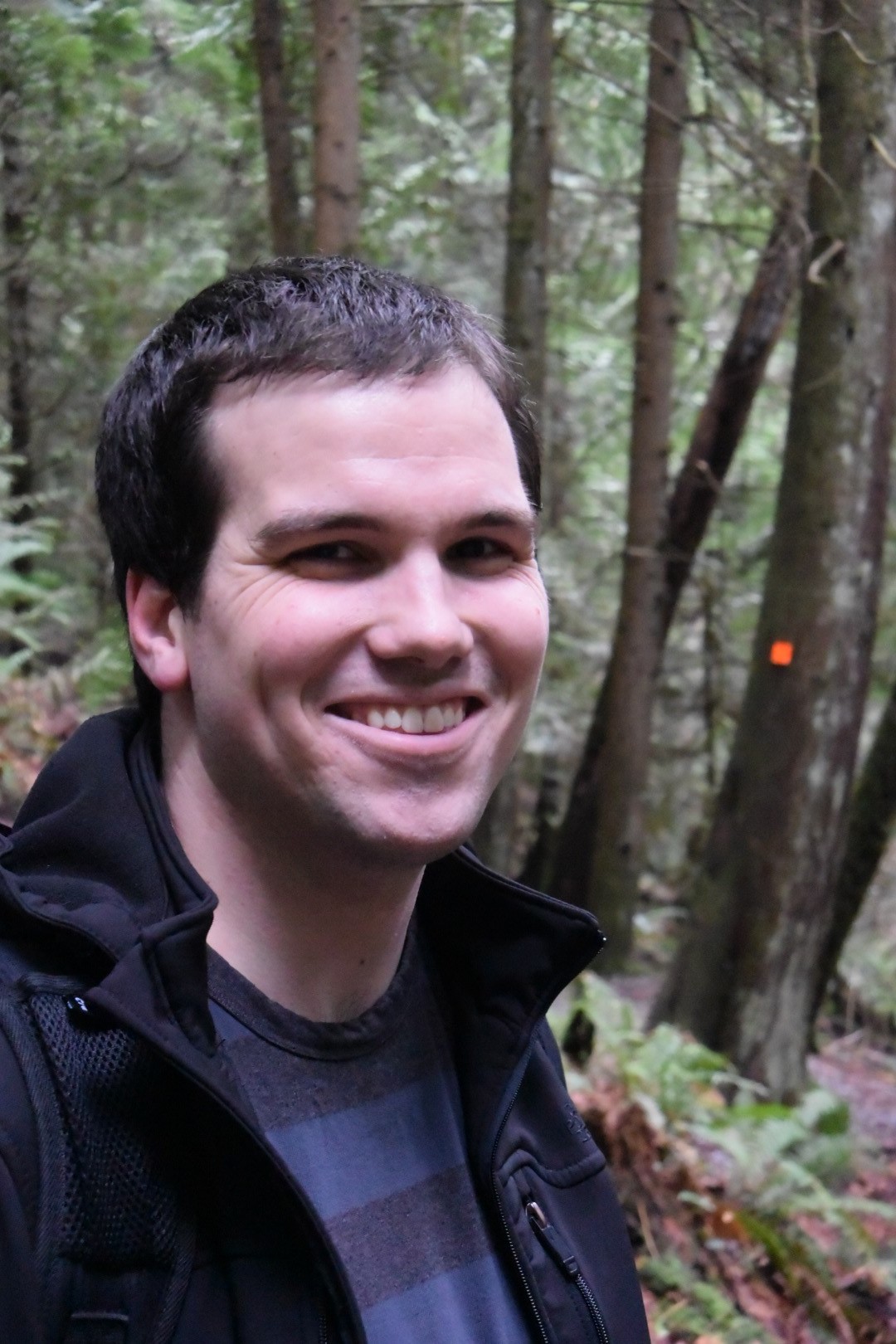 |
Adrian Semmelink
Stewardship Centre for BC
Title: Stewardship Practices Implementation and Assessment Project (2016)
Description:Voluntary stewardship actions on private land play an important role in safeguarding the natural areas that wildlife and species at risk need to live as there is currently no BC species at risk legislation. This internship will address threats to species at risk caused by agricultural intensification and land-use practices using a voluntary, multi-species approach. Specifically, I will be refining stewardship practice (SP) monitoring protocols, documenting implementation of SPs, and creating case studies of farmers who have successfully adopted SPs.
|
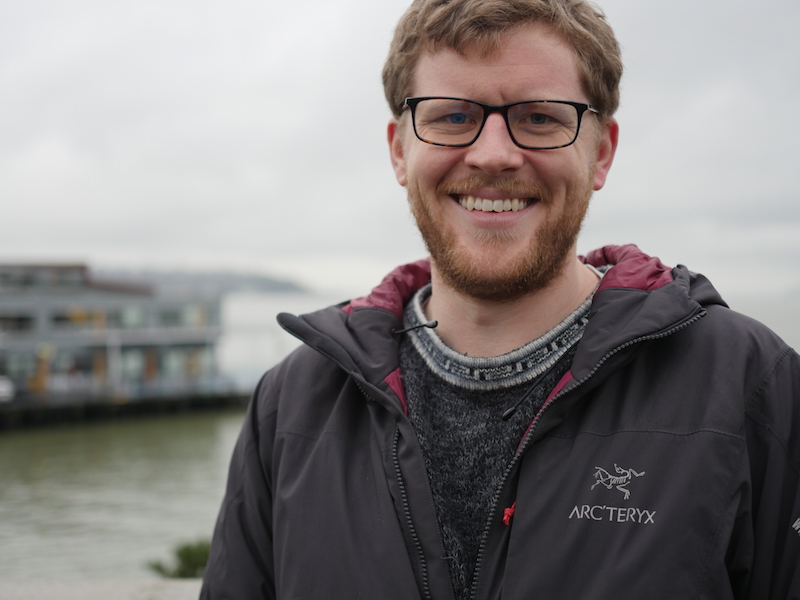 |
Matt Strimas-Mackey
Bird Studies Canada
Title: Occupancy Modeling of Owls in British Columbia
Description:Bird Studies Canada has been collecting data on the distribution of owls throughout British Columbia and The Yukon for the past 15 years through its Nocturnal Owl Survey program. For this internship I will analyze these data using dynamic occupancy models to map owl distributions, examine changes in their distributions through time, and gain insights into the factors affecting these distributions. These findings will be used to inform ongoing conservation efforts for these species.
|
2015 Interns
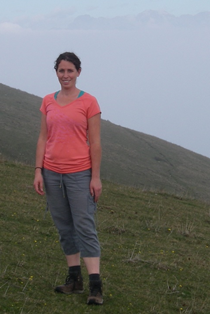 |
Sarah Amundrud
Canadian Parks and Wilderness Society - BC
Title: The Southern Mountain Caribou and the Interior Temperate Rainforest
Description:Mountain caribou are one of the most endangered animals in North America, and over 90% of them are found in BC. As these animals require unbroken tracts of old-growth forests, logging presents one of the major threats to this species. I will produce a report and a presentation that will be used to inform CPAWS-BC and partners as they move forward on their mountain caribou campaign. The report and presentation will summarize the current status of the southern mountain caribou and contain a map of forest tenures and other industrial activity as it coincides with mountain caribou habitat. Based on an analysis of this map, I will work with CPAWS-BC staff to identify critical areas in need of protection and/or access restriction to ensure the recovery of mountain caribou.
|
 |
Mollie Chapman
Stewardship Centre for British Columbia
Title: Species at Risk on Agricultural Lands in BC: Improving Monitoring and Uptake of Voluntary Stewardship Practices
Description:Voluntary stewardship actions on private land play an important role in safeguarding the natural areas needed for species at risk. This internship addressed threats to species at risk caused by agricultural intensification and land-use practices using a multi-species approach. I participated in the Stewardship Center's efforts to develop monitoring protocols for stewardship practices as well as develop case studies of successful projects to help encourage additional farmers and landowners to participate.
|
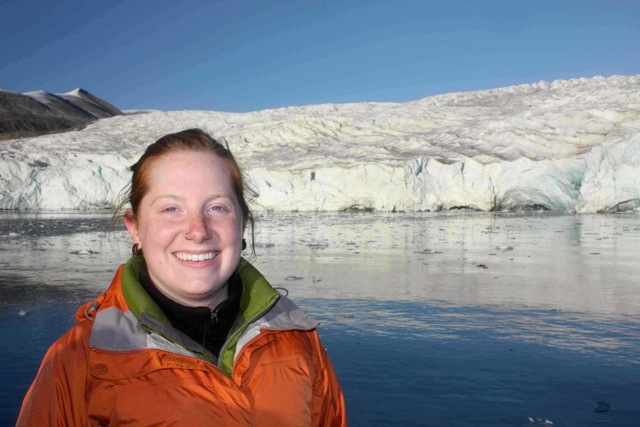 |
Meagan Grabowski
Science Adventures Program, Yukon College
Title: Connecting Yukon scientists and educators
Description:For this internship I will be developing an online database of Yukon scientists that will be searchable by subject and grade-level for Yukon teachers to seek classroom speakers. This project will fill an important gap in connecting researchers to classrooms, and enable the process of connecting to be self-sustaining. Enabling communication between scientists and classrooms is of the utmost importance for facilitating the sharing and understanding of Yukon science and for inspiring the next generation of northern educators.
|
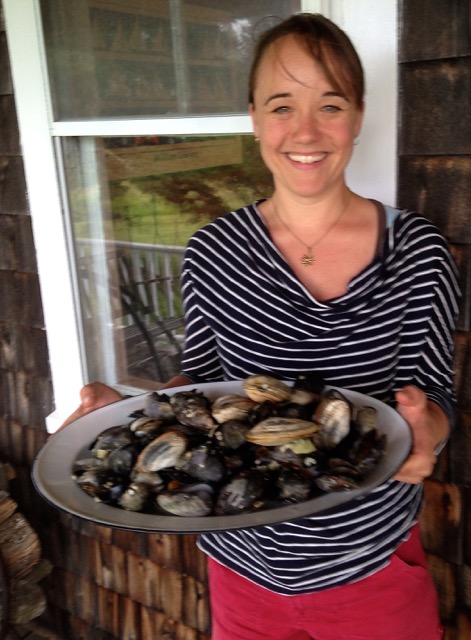 |
Sarah Klain
Island Institute
Title: Leaning into Wind: Lessons Learned on Engaging Communities Near Proposed Offshore Wind Farms
Description:I collaborated with the non-profit Island Institute in Rockland, Maine for three months where I worked closely with their community energy team. The Island Institute works to sustain Maine's island and remote coastal communities. This institute also exchanges ideas and experiences to further the sustainability of communities in Maine and elsewhere. Mitigating climate change requires decarbonizing our sources of electricity. Harnessing offshore wind promises abundant, renewable, low carbon electricity, particularly off the Atlantic seaboard. Offshore wind farms are, however, expensive, they can impact seabirds as well as other marine species and they may displace fishing effort. I collaborated with Island Institute's community energy team to write a report on lessons learned from this organization's engagement with local stakeholders, wind farm developers, government officials, scientists, and engineers. Island Institute has played both lead and peripheral roles in providing opportunities for mutual learning so people can carefully consider the trade-offs involved in developing an offshore wind farm. Making such learning accessible and providing clear community benefits through community benefit agreements can help ensure that 1) the decision-making processes around these projects are inclusive, effective and perceived as fair; 2) local, scientific and political knowledge is considered; and 3) that projects deemed worthy of moving ahead are properly sited.
|
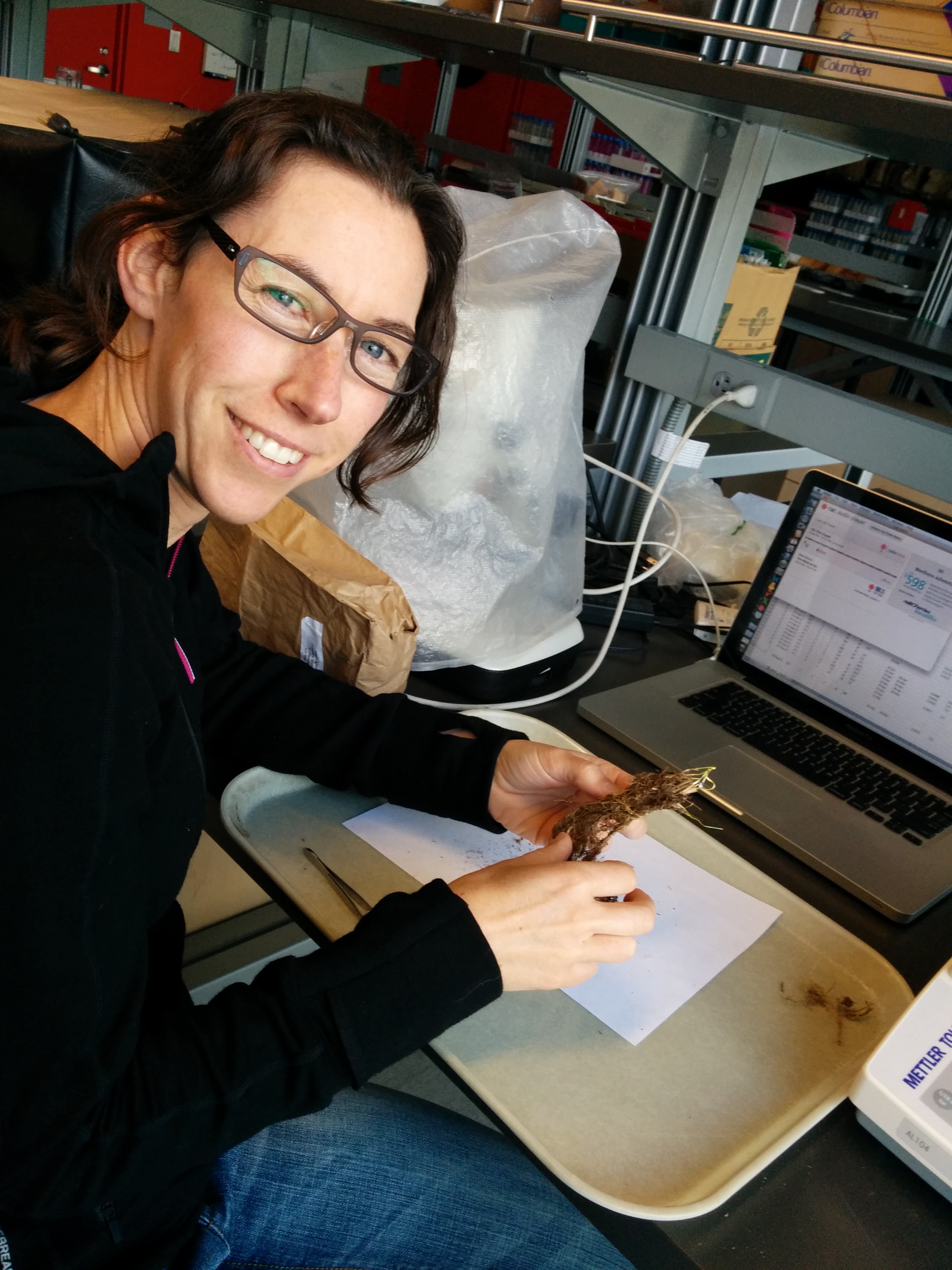 |
Elizabeth Kleynhans
The Nature Trust of British Columbia and Coastal Douglas Fir Conservation Partnership
Title: Cross-boundary Planning for Resilience and Restoration of Endangered Oak Savannah and Coastal Douglas-fir Forest Ecosystems
Description:I built and applied species distribution models for bird and plant species of interest to conservation to facilitate MARXAN analyses. These MARXAN analyses will be used to prioritize land acquisition and conservation investment throughout terrestrial habitats of the Salish Sea - Georgia Basin region of WA and BC. I also assisted in the further development of an on-line MARXAN interface to assist managers in prioritizing conservation investment in the Canadian portion of the Salish Sea region.
|
 |
Michael Scott
Royal Botanic Gardens, Kew, UK
Title: Identifying Biodiversity Hotspots within a Biodiversity Hotspot: Madagascar
Description: Madagascar is a unique and globally important biodiversity hotspot and conservation priority. Effective conservation requires that the most diverse areas within Madagascar are identified. From field records and herbarium specimens, the Royal Botanic Gardens Kew (RBG Kew) holds large high quality datasets for Madagascan plants, including the precise location where these species were found. This data can be used in combination with bioclimatic data to infer the ranges of individual species. In this project I used this technique for many plant species to find which areas within Madagascar harbour the greatest plant diversity. These conservation priorities will be shared with the on-location Kew Madagascar Conservation Centre (KMCC).
|
2014 Interns
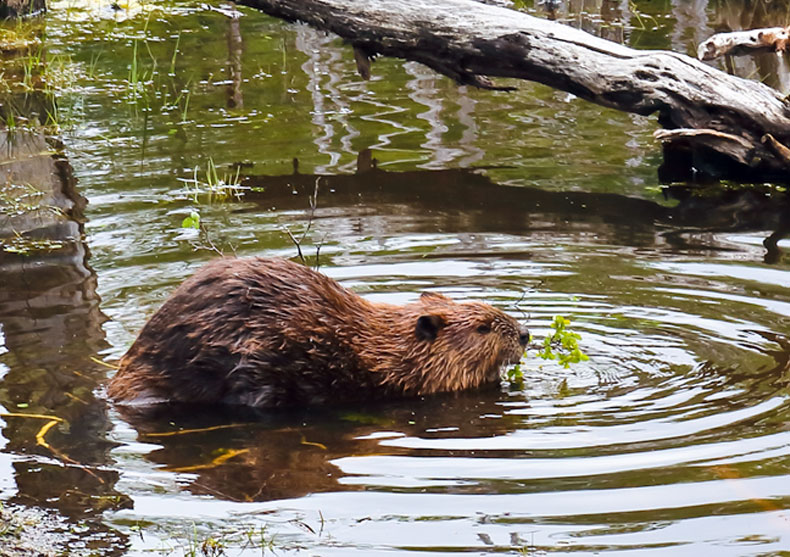 |
Alys Granados
Wildlife Conservation Society (WCS) Chile
Title: Likelihood of invasion of North American beaver Castor canadensis
Description: Beavers are an introduced species in Tierra Del Fuego and their presence has resulted in much damage to the ecosystem and its native species. The eradication of this species is a major goal of WCS' ecological restoration work in this area but before this can be undertaken, a greater understanding of beaver ecology in Tierra del Fuego is required. I assessed factors impacting establishment of beaver colonies in Karukinka Reserve (Chile).
|
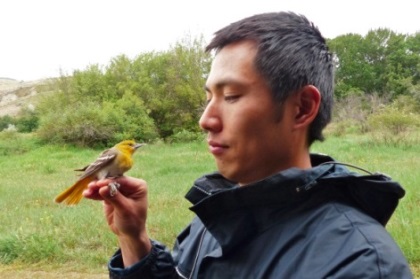 |
Andrew Huang
Environment Canada (Science and Technology Branch)
Title: Studying population health of three songbird species in the South Okanagan Wildlife Management Area of BC
Description: The Yellow-breasted Chat is federally listed as Threatened, but the wintering location of the Okanagan population is relatively unknown. Therefore, Environment Canada is using geolocator technology to track their stopover and wintering locations for conservation purposes. Environment Canada is also tracking the migratory route of the western populations of Veerys and Gray Catbirds to complement a study on the eastern populations. I used this data to investigate population sizes, migration patterns, and habitat usage of these songbirds.
|
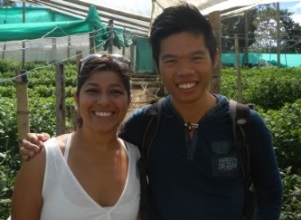 |
Christopher Lee
Bioversity International
Title: Evaluating Pleistocene refuges as indicators of contemporary genetic diversity hotspots
Description: During previous ice ages, some areas remained unglaciated and allowed species to persist (refuges). Today, these refuges represent the oldest and potentially most genetically diverse portions of a species' present-day distribution. For my internship, I explored the relationship between genetic diversity in tree species and inferred distributions during the Pleistocene. By modeling these refuges we can develop a cost-effective methodology that helps conservation workers target areas where conservation and rehabilitation efforts will have the most impact. See: http://youtu.be/SEo7hQLjF4o
|
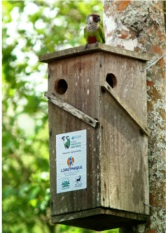 |
Kate McGrath
AQUASIS - Associacao de Pesquisa e Preservacao de Ecossistemas Aquaticos
Title: Grey-breasted Parakeet Conservation Project
Description: The grey-breasted Parakeet (Pyrrhura griseipectus) is presently known from only two localities in North-East Brazil and is considered one of the two most critically endangered parakeet species in the world. Large-scale deforestation and illegal hunting have reduced the wild population to less than 300 individuals. Recent conservation efforts have led to successful habitat creation for this species and continued support of these efforts may play a significant role in restoring wild populations. During this internship, I monitored nest boxes and band birds to improve censusing of this endangered species.
|
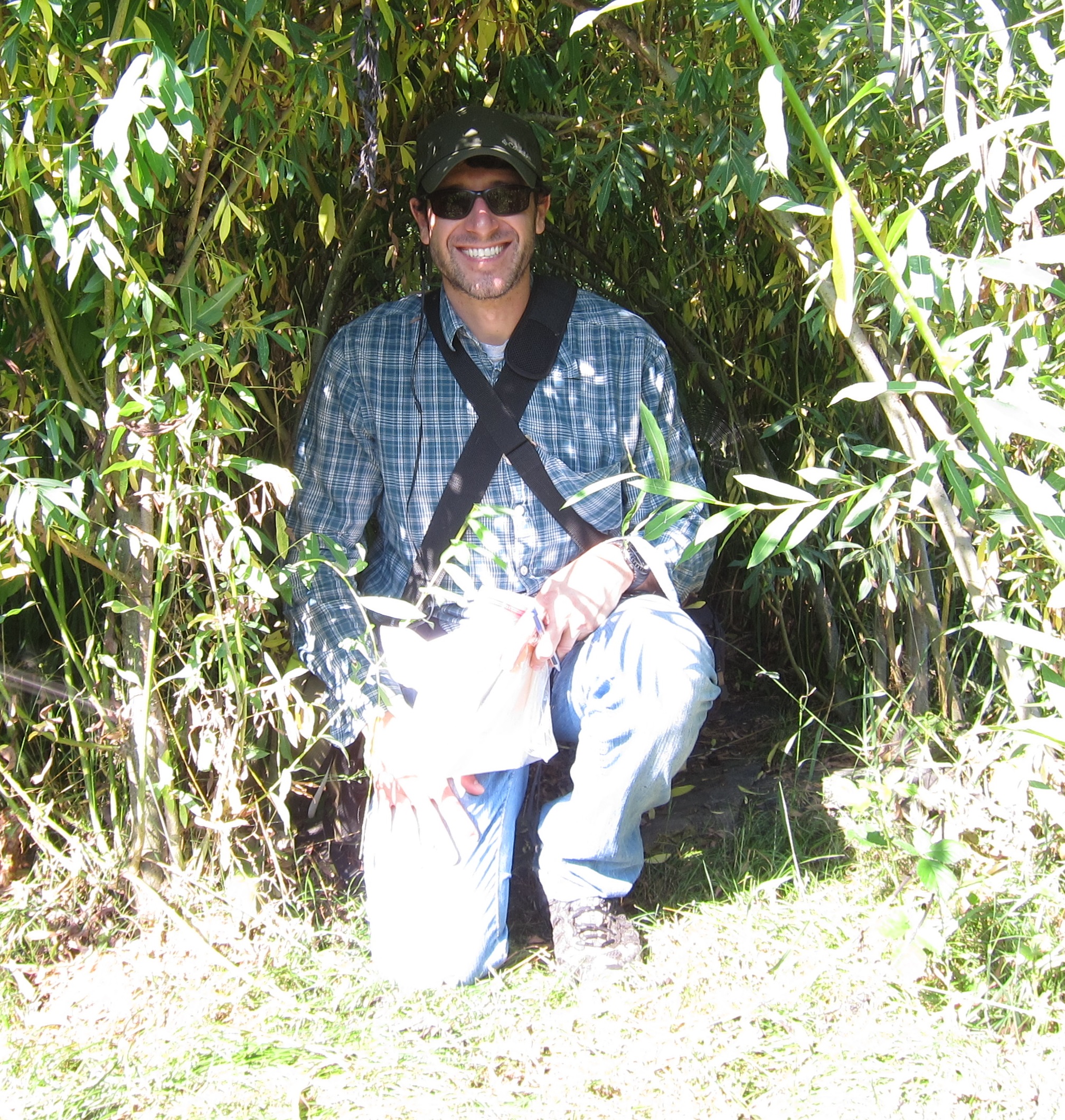 |
Bernardo Ranieri
Stewardship Centre for British Columbia
Title: Species at Risk Primer Stewardship Practices Implementation and Assessment Project
Description: Effective conservation requires community support to safeguard natural ecosystems and habitats for species at risk. I developed activities that will encourage people to become conservation stewards. I also addressed science gaps related to the effectiveness of different stewardship practices for riparian areas and agricultural waterways.
|
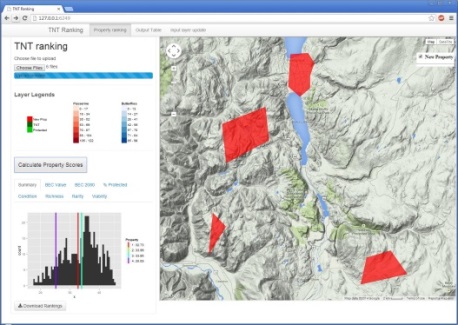 |
Richard Schuster
The Nature Trust of British Columbia
Title: Relative Ecological Assessment of Conservation Land in British Columbia
Description: I developed a software tool that allows The Nature Trust of British Columbia to more thoroughly and efficiently evaluate potential land purchases using scientific assessments, spatial data, and information about compatible or incompatible land uses. Developing a tool to evaluate potential conservation opportunities allows limited staff time and conservation funds to be focussed on properties that are most likely to contribute positively to the long-term persistence of ecologically significant species and communities. http://www.naturetrust.bc.ca/blog/?p=1562
|
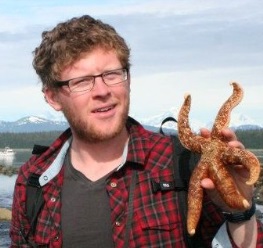 |
Matthew Strimas-Mackey
Bioversity International
Title: Modelling the potential distribution of Tropical Dry Forest in Colombia under current and future climate conditions to inform future ecological restoration activities.
Description: I developed a comprehensive protocol for restoration of Tropical Dry Forest in Colombia, taking into account genetic and functional diversity, while anticipating the expected impacts of climate change. Tropical dry forests are one of Colombia's most threatened ecosystems. Modelling the distribution of tropical dry forest tree species under past, present, and future climates will inform forest restoration efforts by: (1) identifying hotspots of genetic diversity for the collection of seeds and (2) highlighting candidate areas for restoration that are likely to remain suitable into the future.
|
 |
Allison Thompson
Canadian Parks and Wilderness Society - BC
Title: Pipelines vs Parks and Wilderness in Northern BC: Impact analysis.
Description: I reviewed the proposed trajectory of LNG pipelines and identified possible impacts that should be considered, including landscape-level considerations. In particular, I assessed how pipelines may affect management plans associated with protected areas. Studying the impacts of proposed LNG pipelines is critical for the conservation of declining species in BC such as caribou and grizzly bears, as they are especially sensitive to human activity and their ranges are among the areas in BC that proposed pipelines would intersect.
|
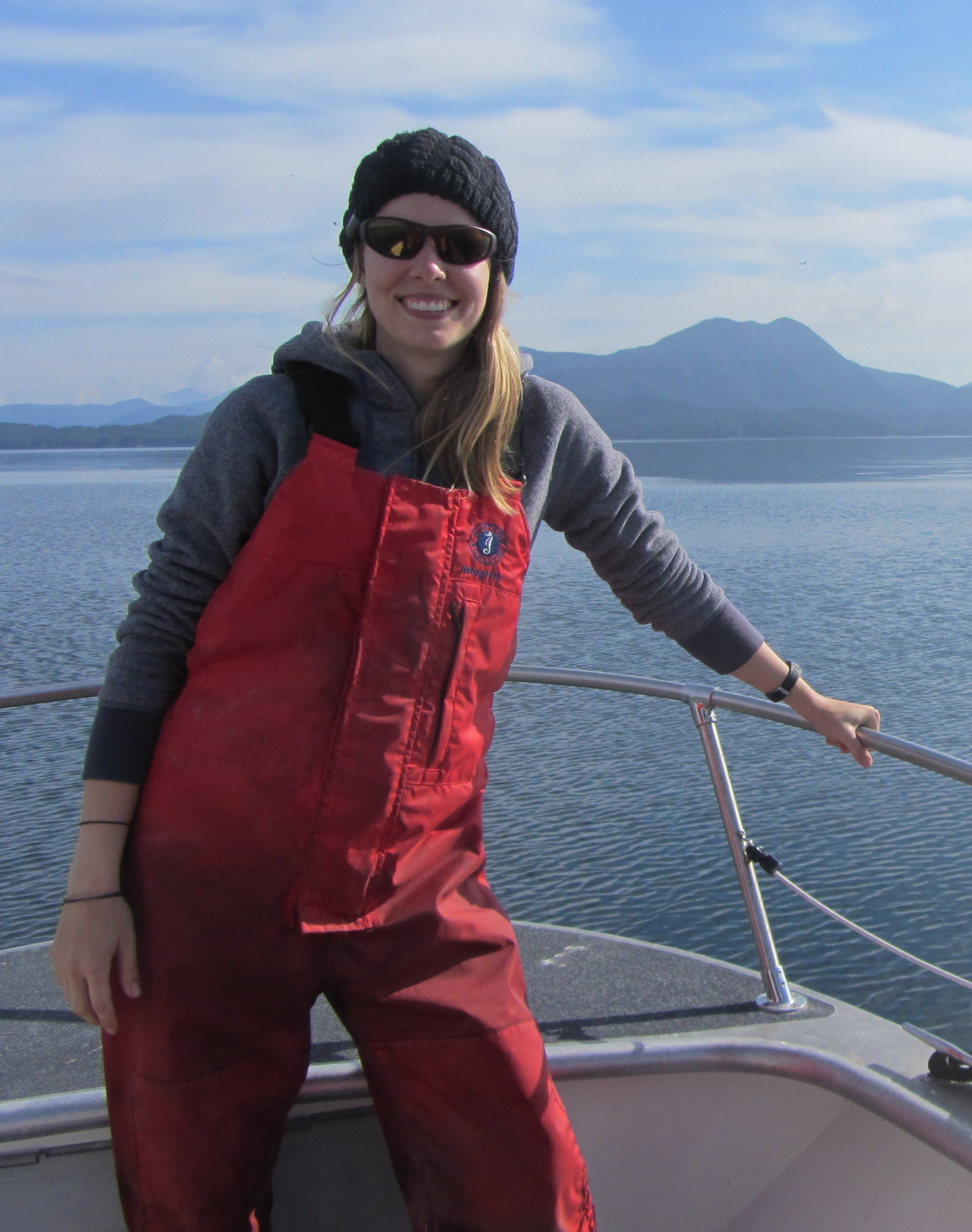 |
Megan Vaughan
Tula Foundation
Title: Hakai Beach Institute Seagrass Monitoring.
Description: Seagrass meadows are critical coastal ecosystems that provide habitat for a range of associated species, buffer coastal margins from storm activity, and function in a range of ecosystem processes including carbon sequestration and nutrient cycling. However, these ecosystems are under threat from human disturbances, such as climate change and pollution. I studied the distribution and abundance of seagrass in the Hakai region of the Central Coast of BC and the effect of foraging by otters on the productivity and structure of seagrass communities.
|
2013 Interns
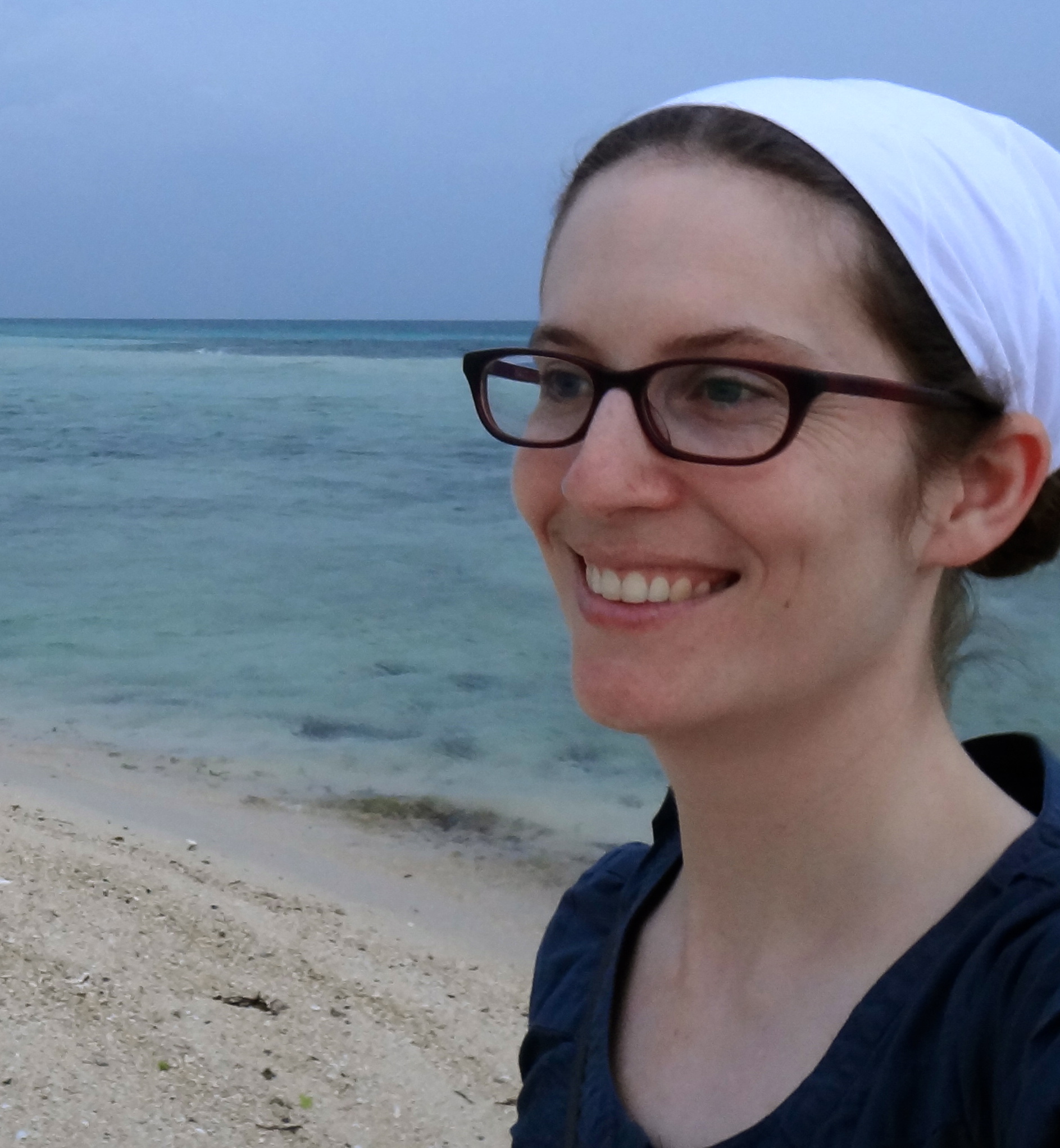 |
Danika Kleiber
Palau International Coral Reef Center, Sept - Dec 2013
Title: Monitoring human well-being related to protected areas in Palauan communities
Description: Danika Kleiber joined the Palau International Coral Reef Center (PICRC) to assist with a research
program to monitor human well-being related to protected areas in Palauan communities. PICRC has a strong research background in
ecological monitoring, and brought Danika in to help realize an interdisciplinary research program by increasing social science research
capacity. Danika collaborated with local research staff to translate identified indicators of well-being into surveys. When the
surveys were completed Danika trained research staff in respondent selection and interviewing methods, and oversaw a pilot study in
the Palauan state of Ngardmau. The results of the pilot study have been used to inform management priorities, and will also be used as
a template for future social well being monitoring in Palau and throughout Micronesia as part of the Micronesian Challenge, a regional
agreement to protect 30% of all near shore waters and 20% of all land by 2020.
|
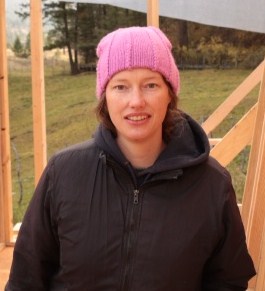 |
Jamie Leathem
BC Ministry of Forests, Lands and Natural Resource Operations and Canadian Wildlife Service, May - August 2013
Title: Inventory and Monitoring of At-Risk Species in the Okanagan Region
Description:The Okanagan Valley is a hotspot of biodiversity, containing some of Canada’s most endangered ecosystems and highest proportions of species-at-risk (SAR). This internship involved multiple projects addressing plant and animal SAR in the region. Field projects included rare plant inventories of South Okanagan grasslands in conjunction with the BC Conservation Data Centre and BC Parks, small mammal trapping on BC Conservation Lands, and working with CWS to map new and old populations of Lewis’s Woodpecker (Red-Listed/Threatened in BC). Additionally, Jamie developed two publications. She designed a bird identification booklet for vineyard operators and orchardists who trap European starlings to prevent crop damage. The ID booklet will allow farmers to identify incidental species sometimes trapped along with the invasive starlings. Species information can be recorded, non-starling individuals released, and location information passed on to CWS. Jamie also helped develop and distribute a rare plant identification booklet for Okanagan naturalist groups.
|
 |
Jessica Lu
Bioversity International and UBC Faculty of Law, May - August 2013
Title: Crop Genomics Data Governance: Sharing Data and Intellectual Property
Description:This internship was a joint research project between Bioversity International and the Faculty of Law at the University of British Columbia, engaged in research regarding the policies and practices of agricultural genomics researchers on sharing and curating genomics data. The field of genomics research encourages active data sharing, yet in practice, a lack of standardization is problematic. Research primarily focused on the genomic activities of research centres in the Consultative Group on International Agricultural Research (CGIAR), 16 centres across the world, although broader contexts were also investigated. Tasks included speaking and consulting with various genomic scientists, as well as formulating a survey to gather information on data practices. The main output is a literature review, summarizing challenges in sharing data, as well as a history of genomics and biotechnology in the CGIAR network.
|
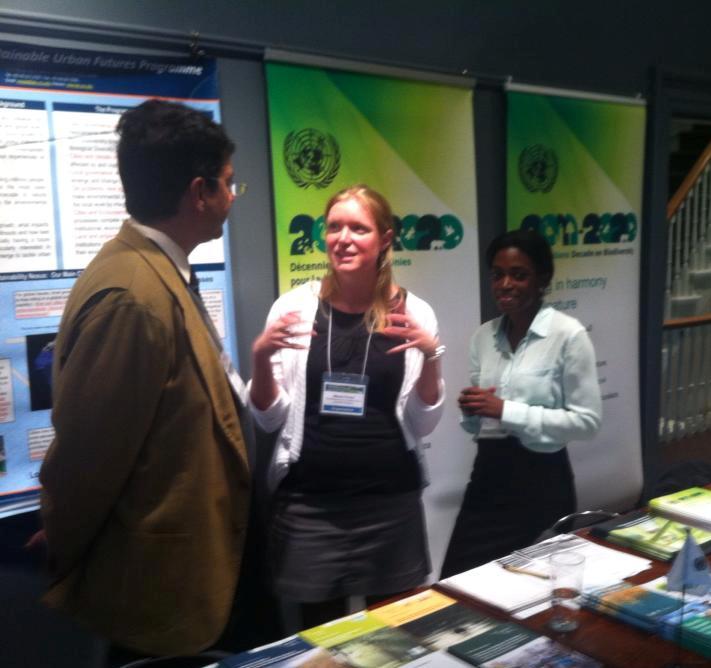 |
Manon Picard
Secretariat of the Convention on Biological Diversity (SCBD), United Nations Environment Programme (UNEP), April-July 2013
Title: Updating biodiversity country profiles
Description: Biodiversity has tremendous value that is widely recognised. By ratifying the Convention of Biological Diversity, most of the countries have agreed to make effort to preserve it and equally share its benefits. The Secretariat has been formed to help the parties reach their targets and properly report actions taken in order to manage those efforts and teach other parties. As a BRITE intern, Manon Picard has worked as part of a team in updating country profiles by summarizing the national reports and other relevant sources of information. This work is ongoing and will require further revisions and countries’ approval before being uploaded to http://www.cbd.int/countries/. In addition, Manon worked on a research compilation about Marine Protected Areas (MPAs) guidelines, effectiveness measures, definitions and applications. To promote SCBD’s work, Manon participated in the organization of an international conference about urban biodiversity in Montreal (Urban biodiversity – A value to appreciate).
|
2012 Interns
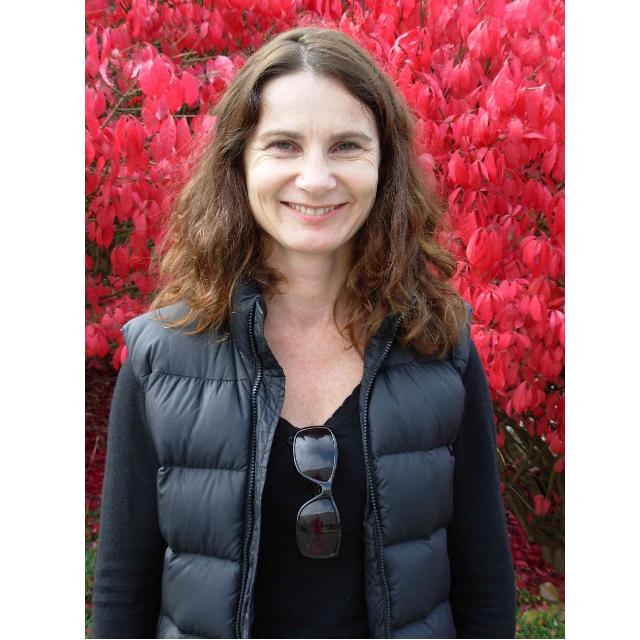 |
Louise Blight
World Wildlife Fund Canada, Summer 2012
Title: Effects of chronic underwater noise
Description: The objective of this project was to carry out a literature review of what is known about the effects of chronic underwater noise (e.g., that generated by vessel operations) on whales, dolphins and porpoises, particularly relating to cetacean species-at-risk in Pacific Canada. Some management recommendations were developed based on the Canadian policy context, for example derived from the Species at Risk Act (SARA) This information was summarised into a draft report and/or manuscript for publication in an appropriate policy journal, e.g., Marine Policy.
|
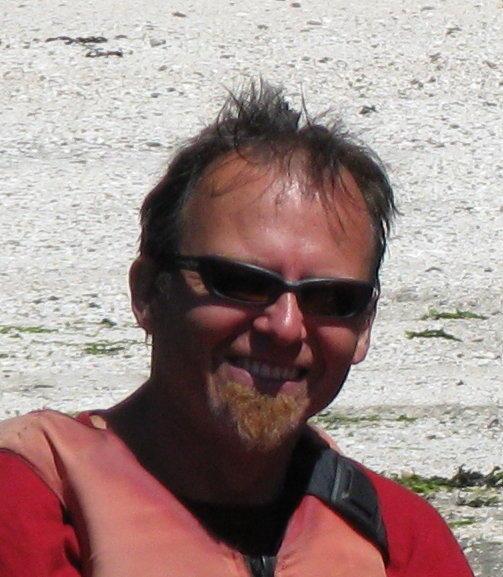 |
Edward Gregr
West Coast Aquatic, September 2010 - January 2012
Title: A comprehensive map of marine bottom type for West Coast Aquatic to support Marine Spatial Planning
Description: This project combined available bottom type data into a continuous spatial coverage of the nearshore region. An important marine ecosystem, the nearshore is poorly studied, mainly because it is difficult to access. Based on methods developed in an earlier collaboration with DFO, bottom samples from a variety of sources were collected for Barkley and Clayoquot Sounds, West Coast Vancouver Island, and Theissen polygons were used to extrapolate bottom type across the nearshore (0 - 50 m depth). The Province of British Columbia's ShoreZone data set, which comprehensively covers the shoreline, was also integrated into the analysis. The result is a continuous map of Bottom Patches - polygons describing bottom type - defined with the best available information. The map is intended as a spatial framework to support an ecosystem approach to management of the nearshore ecosystem. The method is currently being re-applied to the entire west coast of Vancouver Island.
|
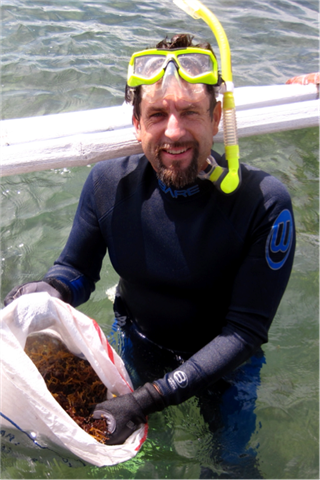 |
James Hehre
World Wildlife Fund - Latin America and Caribbean Solutions Programme, September 2011 - January 2012
Title: Development of best practices in mangrove conservation and restoration for climate change adaptation
Description: The objective of this project was to identify best practices in mangrove conservation and restoration for climate change adaptation. The WWF-LAC, as part of its climate change and ecosystem restoration initiative in Latin America and the Caribbean was seeking to identify best practices for mangrove restoration. The increased recognition of the importance of mangrove ecosystems; as part of mangrove-seagrass-coral interdependent systems, nurseries for fisheries, and coastal protection has led to a dramatic increase in restoration efforts. As interest in mangrove restoration as a climate adaptation strategy accelerates, the need to employ best practices is urgent. Despite the profusion of projects, critical analysis of past and ongoing restoration efforts is lacking. As projects progress from planning to real action, new knowledge and experiences are developed which are invaluable in informing similar actions elsewhere. There is an urgent need to recover and communicate these experiences and develop best practices.
|
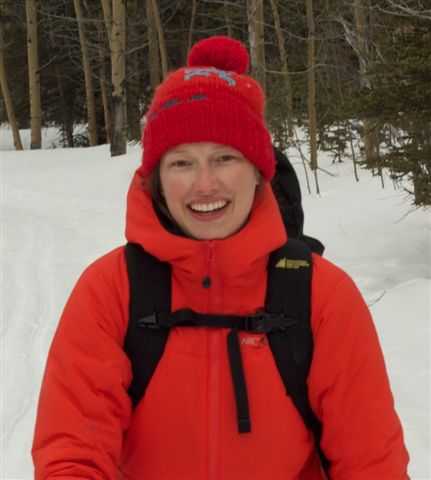 |
Jamie Leathem
Yukon Conservation Data Centre, Dept. Environment, Yukon Government, February - April 2012
Title: Moss and Lichen Inventory in Yukon Territory
Description: The Yukon Conservation Data Centre is part of a network of international data centres coordinated by NatureServe International. It is responsible for the collection, maintenance and distribution of data on plants, animals and ecological communities of conservation concern in Yukon. Accurate and continually-updated information is essential in identifying and monitoring at-risk species. Yukon’s flora is relatively under-studied compared to the rest of Canada and no comprehensive list of the mosses and lichens in the territory previously existed. The internship involved creating this list, beginning with an extensive literature search through floras, checklists and primary collection literature. Jamie worked closely with experts who solved taxonomic problems and assigned conservation ranks to each species. These up-to-date data are now being shared with NatureServe and will inform the Wild Species General Status Report, a Canada-wide record of species conservation ranks. Knowing which species occur in Yukon also helps to identify knowledge gaps, so future botanical exploration can target areas lacking information. With the recent boom in mineral exploration in Yukon, it is important to establish baseline data now in order to assess the status of these slow-to-recover organisms into the future.
|
 |
Jennifer Meldrum
Bioversity International, Summer 2012
Title: Strengthening the maintenance and use of agrobiodiversity by indigenous and traditional agricultural communities for climate change adaption
Description: Major Activity: Analysis of results obtained from a three year project carried out in Bolivia and Malaysia with the goal of developing a framework for building ecological resilience into indigenous farming systems.
I completed a BRITE internship at Bioversity International on a project concerning indigenous farming communities and climate change. The project centered around maintaining and enhancing crop and varietal diversity to increase resilience to environmental perturbation, while respecting traditional values and practices. My work involved summarizing activities undertaken by my supervisor, Paul Bordoni, with indigenous communities in Malaysia and Bolivia over the last three years to draft up a final project report for the donor agency. This task involved assessing what information was present and what needed to be done to ensure the project objectives were met. I also performed baseline diversity assesments for crop diversity at household and community scales using survey data. Based on project outcomes in both locations, I devised a general framework for building ecological resilience into indigenous farming systems. I presented the results of the project and the framework in a seminar at Bioversity.
|
 |
Jocelyn Nelson
Canadian Parks and Wilderness Society, April - June 2012
Title: World Heritage Site tentative list nomination preparation for the glass sponge reefs in the Queen Charlotte Basin
Description: The glass sponge reefs of the Queen Charlotte Basin were first
discovered in 1987 by the Geological Survey of Canada, and have since been
recognized as the only close modern analogue to the largest bio-construction ever on
earth: the ancient reefs of the late Jurassic that were thought to have gone extinct 200
million years ago. This makes the glass sponge reefs a great candidate for a World
Heritage site, which is defined as sites that are of outstanding universal value based on
criteria developed by the United Nations Educational, Scientific and Cultural
Organization (UNESCO). Inscription on the World Heritage List increases awareness of
the site, is a source of pride, and can result in financial assistance. Jocelyn worked with
CPAWS to create a World Heritage tentative list nomination package, and created a
database of information from primary literature to use for future public outreach and
education.
|
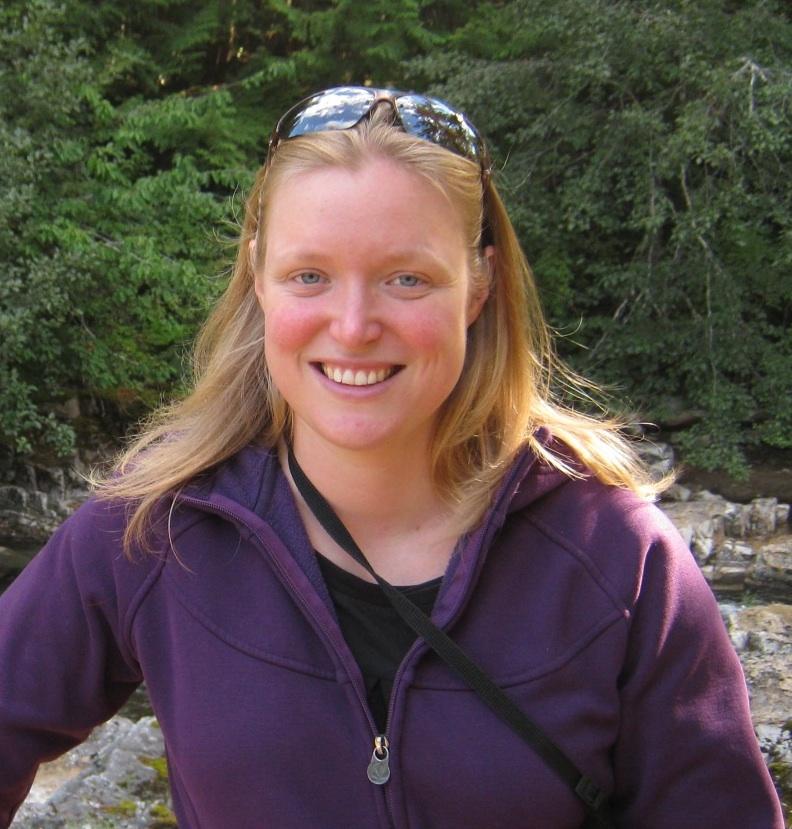 |
Manon Picard
Canadian Parks and Wilderness Society- British Columbia Chapter (CPAWS-BC), April - May 2012
Title: Economic benefits of conservation report
Description: British Columbia wilderness has a remarkable value. CPAWS-BC, acknowledging this fact, has been involved with protecting deserving areas. However the increasing needs of increasing human population is making their goal more difficult to attain. Misconceptions and misuse of economics can lead to depletion of valuable natural resources or destruction of wild habitat. Understanding economics is complex but crucial to ensure that present monetary gains from resource exploitation do not impede BC’s economic future. As a BRITE intern, Manon Picard has written a report exploring the economic arguments commonly used to exploit natural resources. By understanding better the arguments used to exploit a resource, CPAWS-BC will be better enabled to rebut those arguments when appropriate and propose conservation of a resource or a habitat as a more economically viable solution for British Columbia.
|
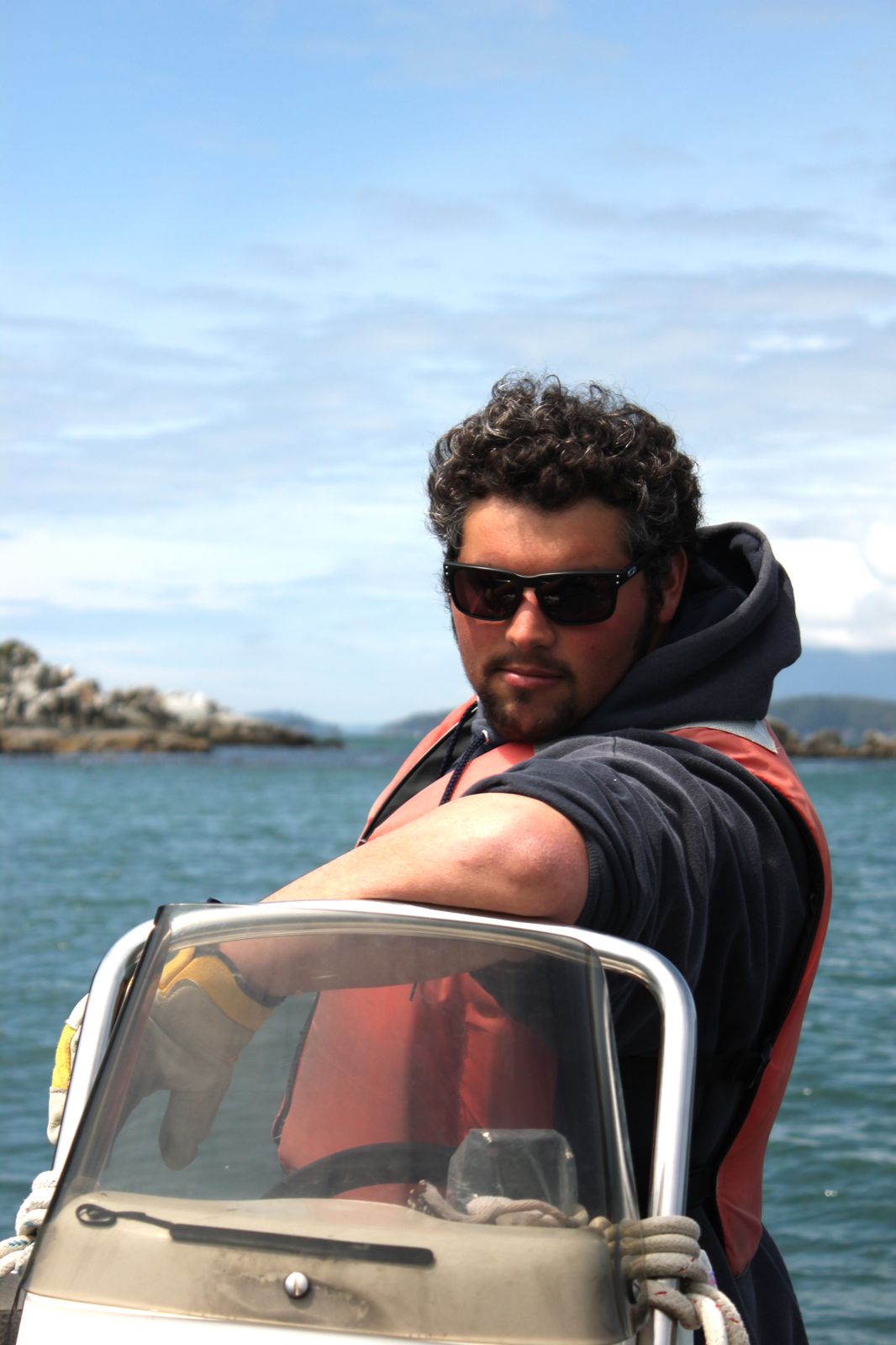 |
Mattew Siegle
Parks Canada, January - August 2012
Title: Weight-length relationship (WLR) of fishes utilizing eelgrass
Description: Eelgrass (Zostera marina) meadows are an incredibly productive ecosystem in the coastal waters of British Columbia, supporting a high diversity of fishes. Despite this, basic information about the fish assemblages is lacking. Matthew’s project utilized data originating from Park Canada’s long-term eelgrass monitoring survey to accomplish two goals: (1) characterize the weight-length relationship (WLR) of fishes utilizing eelgrass, and (2) use the WLRs to calculate ‘body condition’, a measure used to assess relative fish health, and address if potential variation in body condition is explained by oceanographic or environmental variation. The results of this project will be used to facilitate research into eelgrass fish assemblages and assess how oceanographic and environmental variation underscores habitat quality.
|
2011 Interns
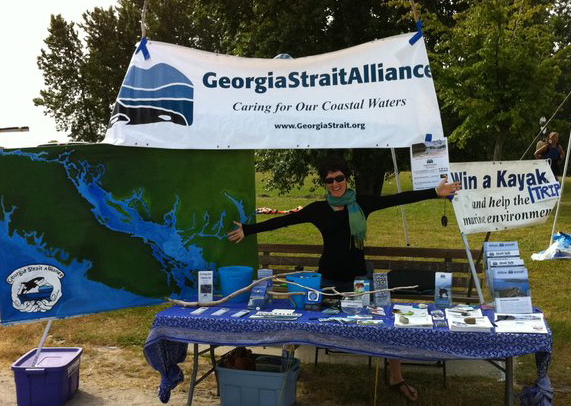 |
Jenn Burt
Georgia Strait Alliance(GSA), June - August 2011
Title: Community Map Marine Ecology Reseacher
Description: In 2010, the Georgia Strait Alliance (GSA) launched an on-line community map project. This consisted of an on-line map (much like a Google Map) where spatial information relating to ecological features, environmental issues, green businesses, and areas of community or conservation interest could be navigated to provide the user with information and relevant website links. The internship first involved an external review of the map, providing feedback in a report on its current structure, content, layout…etc. Second, the intern helped collect and build the ecological content for the map; an area identified as weak by the mapping coordinator. This involved networking with various coordinators from other BC mapping initiatives as well as other NGO organizations to obtain spatial data for relevant ecological features within Georgia Strait (e.g. marine mammal habitat, important bird areas, marine flora…etc). Along obtaining and processing the spatial data, the intern helped to write the web content pages associated with each ecological feature. As a result of the internship, the GSA is currently revising its initial map structure and working with the suggested new layout to provide a more scientifically accurate, conservation relevant and user friendly map..
|
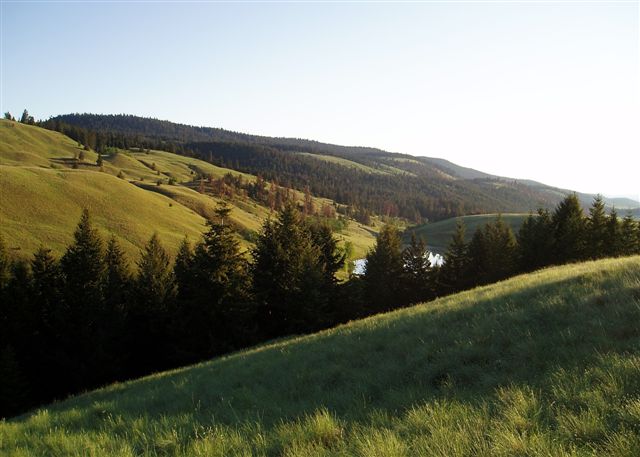 |
Peter de Koning
High Country Consulting Ltd, May - August 2011
Title: GIS analyst/field technician
Description: Over the course of 4 months, Peter deKoning worked on a project trying to understand how different land management approaches affect carbon sequestration in the Thompson-Nicola region of BC’s interior. By better understanding how carbon sequestration is affected by land management in a changing climate, we can look for opportunities to mitigate climate change, conserve rare grassland ecosystems, and create alternative revenue sources for the ranchers who maintain and manage them. Over the course of his internship, Peter had the opportunity to quantify and map carbon storage potential in grasslands using GIS and InVEST in order to evaluate the economic potential of different land management scenarios. Not all his time was spent in the office though – he also had the opportunity explore the grasslands while trapping small mammals in Lac-du-Bois Provincial Park. This work was the beginning of a multi-year project and is still on-going.
|
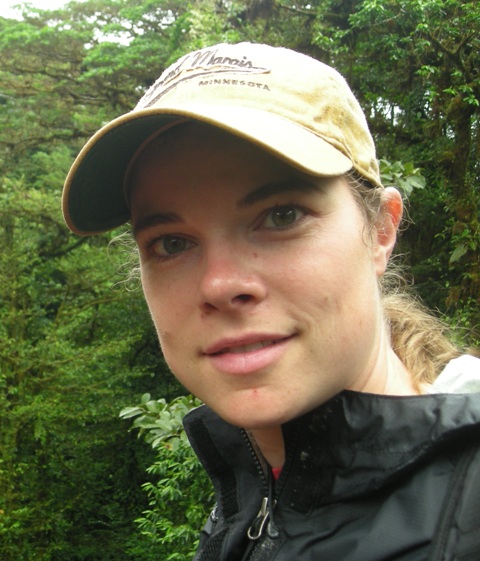 |
Robin LeCraw
The David Suzuki Foundation, June - August 2011
Title: Species and Ecosystems conservation report
Description: BC has the highest diversity of species in Canada, but is one of the few jurisdictions in North America without a law to protect the huge number of species-at-risk. In answer to the call to improve protection for BC’s species, a task force for the BC government recommends an “ecosystem approach” to species-at-risk protection, but what is that? This report by the David Suzuki Foundation and Ecojustice discusses why ecosystems need to be considered to protect species, and lays out the most scientifically defensible method of how to implement an “ecosystem approach”. The 2 month internship at the David Suzuki Foundation office in Vancouver involved research of the literature, contacting independent conservation groups, and facilitating a workshop at UBC to bring scientific experts together to inform this report which will be made available to the public and policy makers alike.
|
 |
Kerrie O'Donnell
Ecotrust Canada, June - September 2011
Title: Sustainable Fisheries Research
Description:I worked primarily on a project call the Fishery Diversification Model – which is a decision-support tool for planning resilient fisheries in B. C. Fishing communities in B. C. are at risk of dying out due to an array of interconnected challenges including declines in fish populations, poor market prices, loss of access to fish and high entry prices. Recognizing this, Ecotrust Canada has designed a new tool to help fishing communities figure out how to bounce back. The tool enables communities to design multi-species fisheries that work better for their cultures, economic needs, interests and the health of their resources.
I worked on many aspects of this project. I provided advice on model and database design and analyzed B.C. commercial fishery catch data. One of my main contributions was to re-design, conduct, enter and analyze interviews with B.C. commercial fishermen about fishing expenses. Finally, I spear-headed writing a grant proposal to continue this work - http://www.rareplanet.org/en/solution-search-entry/decision-support-tool-planning-resilient-fisheries .
This internship subsequently led to a position with Ecotrust Canada.
|
|
 |
Leithen M'Gonigle
Xerces Society, October - November 2011
Title: A plant selection tool to aid in the restoration of habitat for native pollinators.
Description: With honeybee populations declining worldwide, farmers are becoming increasingly dependent on alternative sources of pollination services. Native bees are the best alternative to honeybees. However, native bee populations in agricultural landscapes are also in decline due, in part, to a lack of suitable habitat. In an attempt to restore native bee populations, one practice that is becoming more common, is the restoration of native plant hedgerows along farm edges. These strips of plants aim to provide native pollinators with a constant source of floral resources over their flight seasons and, additionally, a refuge from herbicides/pesticides. With a reasonably large number of potential floral species, choosing an optimal selection of plants to be used in any given restoration can be challenging. To date, there are no computational tools available to aid in this process. As a BRITE intern, Leithen developed a tool that, given a set of plants and pollinators, finds the plant collection that maximizes some user-specified criteria (e.g., pollinator abundance, richness, or temporal constancy). In addition, Leithen tested this tool on empirical datasets and compared it to those plant collections previously chosen using expert opinion.
|
2010 Interns
 |
Iain Caldwell
Canadian Parks and Wilderness Society (CPAWS), June - December 2010
Title: Science for the Southern Strait of Georgia
Description: As an intern for British Columbia's Chapter of the Canadian Parks and
Wilderness Society (CPAWS-BC), I worked on their efforts to expedite
creation of a National Marine Conservation Area (NMCA) in the
Southern Strait of Georgia. Parks Canada initiated a feasibility
study for an NMCA between the city of Vancouver and Vancouver Island
more than ten years ago. CPAWS-BC wants to ensure the public is aware
of the importance of protecting the area as soon as possible. I
supported this effort by compiling and updating information on the
ecology of the Southern Strait of Georgia. I summarized this
information for use in public communication materials and created
maps to illustrate the location and size of the proposed NMCA.
Hopefully, through my internship work, the efforts of CPAWS-BC and
others will be successful in protecting the Southern Strait of
Georgia with an NMCA.
|
|
| |
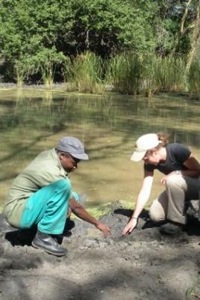 |
Bridget Conneely
World Wildlife Fund (WWF), June - April 2010
Title: Avoided Sedimentation as an Ecosystem Service in Gorongosa National Park, Mozambique
Description: The InVest tool was created by the Natural Capital Project, which is a joint effort between Stanford University's Woods Institute, University of Minnesota's Institute on the Environment, The Nature Conservancy, and World Wildlife Fund to provide tools for quantifying natural capital for decision-making. I participated in a program with the World Wildlife Fund to test the InVest tool using real data that I collected from Gorongosa National Park in Mozambique. I used the avoided reservoir sedimentation model of the InVest tool to estimate the monetary value of the sediment retention capability of the landscape under present and future land use scenarios. While my primary goal was to test the usability of the InVest tool, the results of the analysis are useful to Gorongosa National Park managers for conservation decisions related to accelerating sedimentation in the park's waterways. The internship resulted in an internal WWF report entitled "Avoided Sedimentation as an Ecosystem Service in Gorongosa National Park, Mozambique".
|
|
| |
 |
Hannes Dempewolf
United Nations Food and Agricultural Organization (FAO), Rome, Italy, June - August 2010
Title: Project development internship at the Global Crop Diversity Trust
Description: The internship focused on the development of a project proposal on the conservation of crop wild relatives and their use for breeding efforts in the context of adapting global food security crops to climate change. I was part of a small and dynamic team of scientists that worked to establish the basis of a proposal, which a few months later was to be funded through a large grant from the Norwegian government to implement the 10-year project.
This internship subsequently led to a position with the Global Crop Diversity Trust.
|
|
| |
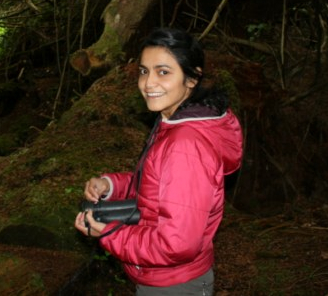 |
Maria Espinosa-Romero
Living Oceans Society (LOS), Sointula BC, June - October 2010
Title: Assessment of the "EBM readiness" of current fisheries management in the Pacific region
Description: My internship at LOS involved the review of international agreements, marine policies and management plans to evaluate the capacity of fisheries management in the Canadian Pacific region to implement ecosystem based management (EBM). This work was part of an LOS sustainable fisheries campaign and their EBM initiative. I presented the results of my analysis at the conference "Ecosystems 2010: Global Progress on Ecosystem based Fisheries Management", where representatives from 19 countries from a variety of governments, environmental organizations, and research institutions presented their efforts towards the implementation of EBM.
|
|
| |
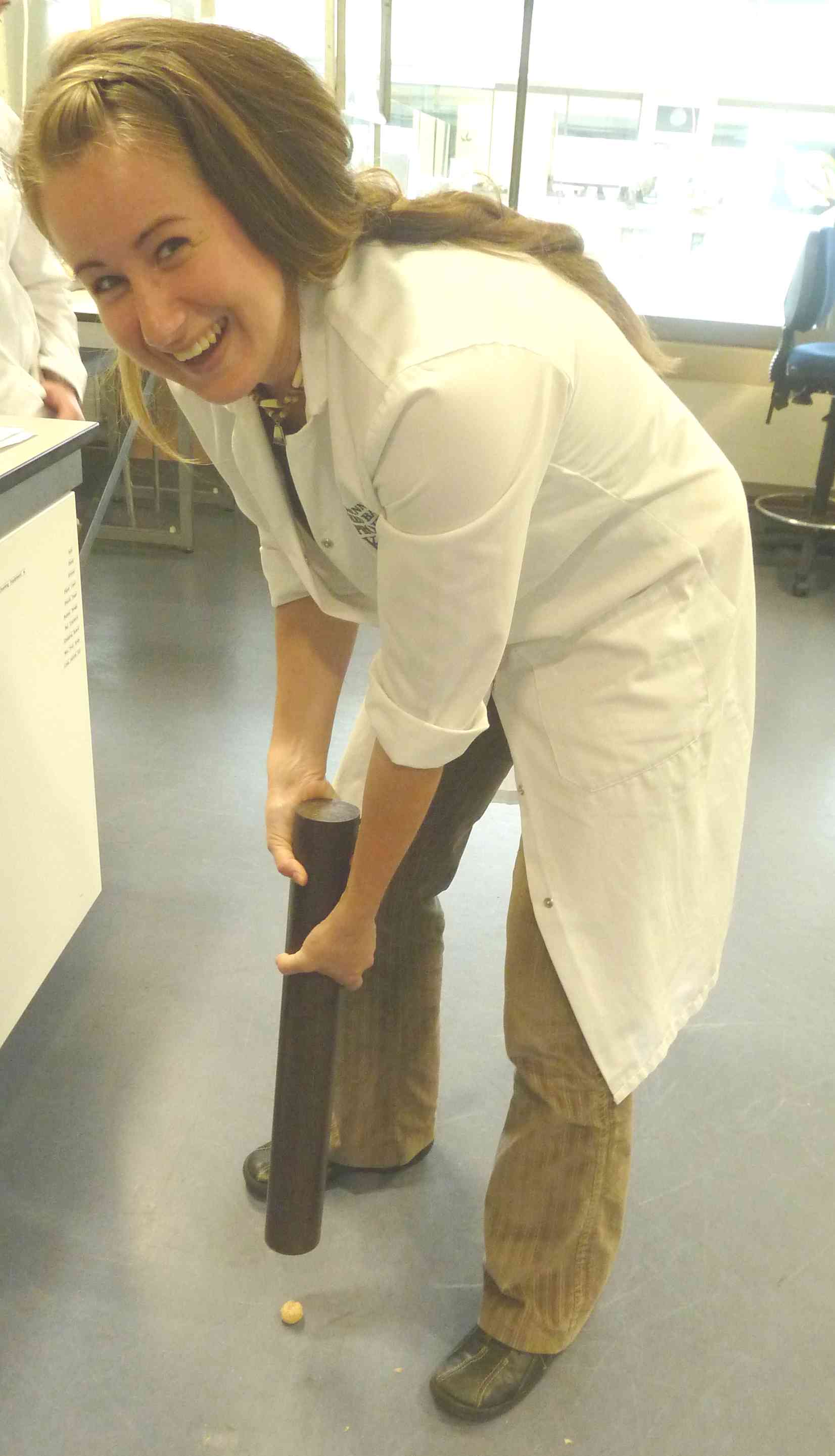 |
Tanis Gieselman
Royal Botanical Gardens, Kew at Wakehurst Place, West Sussex, England, August - October 2010
Title: Seed Conservation Intern for the Millennium Seed Bank Project
Description: The Millennium Seed Bank Project is dedicated to conserving the world's plant species. They share information, equipment, and seeds with partner organizations and have already banked seeds from 10% of plant species in cold storage, focusing first on endangered, endemic, and economically important plant species. My research at the Millennium Seed Bank was primarily focused on learning the theory and techniques for collecting, processing and storing seeds for ex situ conservation, which will be invaluable in my future endeavors to create a seed bank and conservation program in my home region. However, I also contributed to some of the research projects underway at the seed bank. I collected data and planted seeds for on-site grassland restoration experiments, and investigated the predictive power of a computer program which uses climate data to estimate optimum germination temperatures. I also worked on compiling a list of all of the food plants of the world to assist in prioritization of future species acquisitions into seed banks.
|
|
| |
 |
Robin LeCraw
BC Ministry of Environment, December 2009 - April 2010
Title: Species at risk research prioritization framework
Description: The Ministry of the Environment has collected a great deal of information on all of the species identified “at risk” in British Columbia (BC Conservation Data Center). Included in reports from various agencies are recommendations for empirical research that is needed to improve conservation plans. This internship involved extracting information on research needs from a wide variety of reports (including COSEWIC reports and BC Recovery Plans) and summarizing them in a searchable central database. This allowed the intern and Ministry team leaders to develop a prioritization framework, which will form the basis of a 10-year research plan in the province. The tools developed during the internship will greatly improve the efficacy of conservation planning for species at risk in BC.
|
|
| |
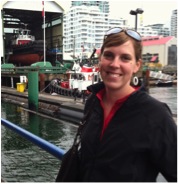 |
Karen Magnuson-Ford
Canadian Parks and Wilderness Society (CPAWS), June - October 2010
Title: What gets protected? Working with the Canadian Parks and Wilderness Society to establish a National Marine Conservation Area off the west coast of Vancouver Island.
Description: Off the west coast of Vancouver Island exists a vast diversity of marine species ranging from the blue whale to endangered salmon populations to more than one hundred species of sea worms. To protect this array of species and ecosystem diversity, CPAWS is working to establish a National Marine Conservation Area (NMCA) in this region. During my internship, I helped put together the initial document required by Parks Canada outlining the major physical, biological, cultural features of the west coast of Vancouver Island. I researched and wrote brief descriptions of the biology, location and conservation status of key marine fish, corals and sponges in this area. I joined these descriptions with the work of others into a single document and identified data sources for those sections that were still incomplete. I also researched marine conservation projects around the world to find out what methods are currently being used to ensure that the area that gets protected is truly representative of the larger region.
|
|
| |
|
 |
|
|
|





